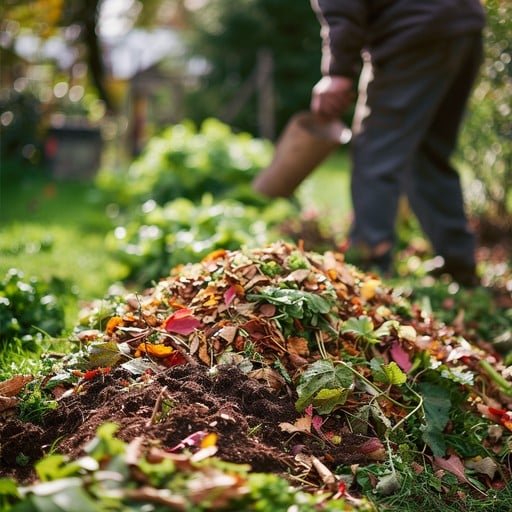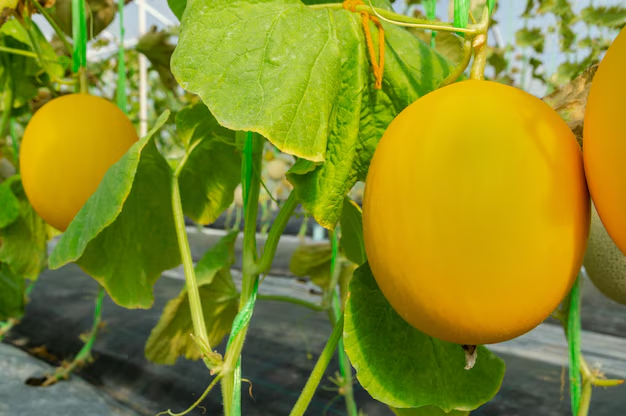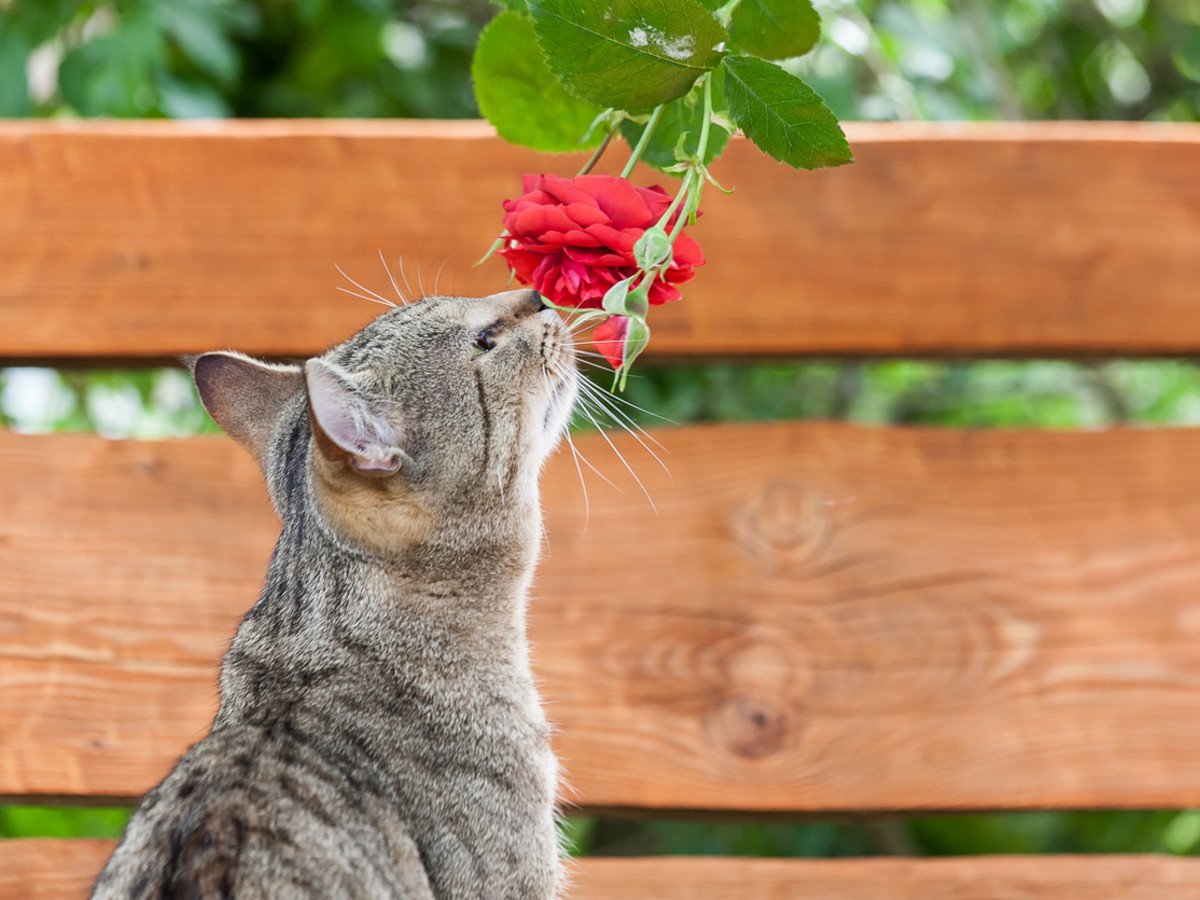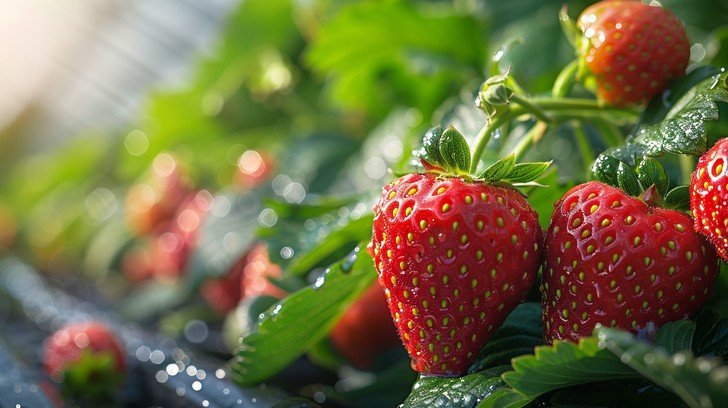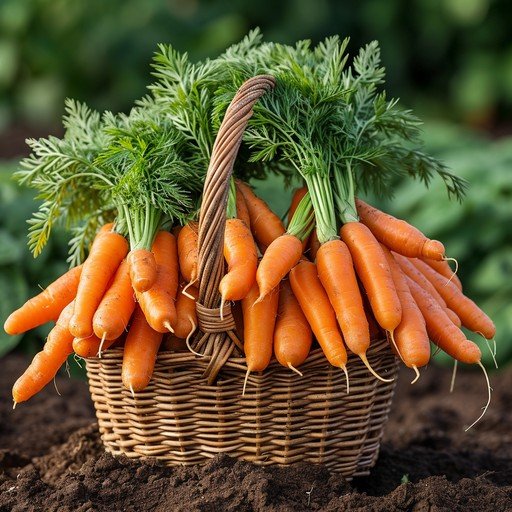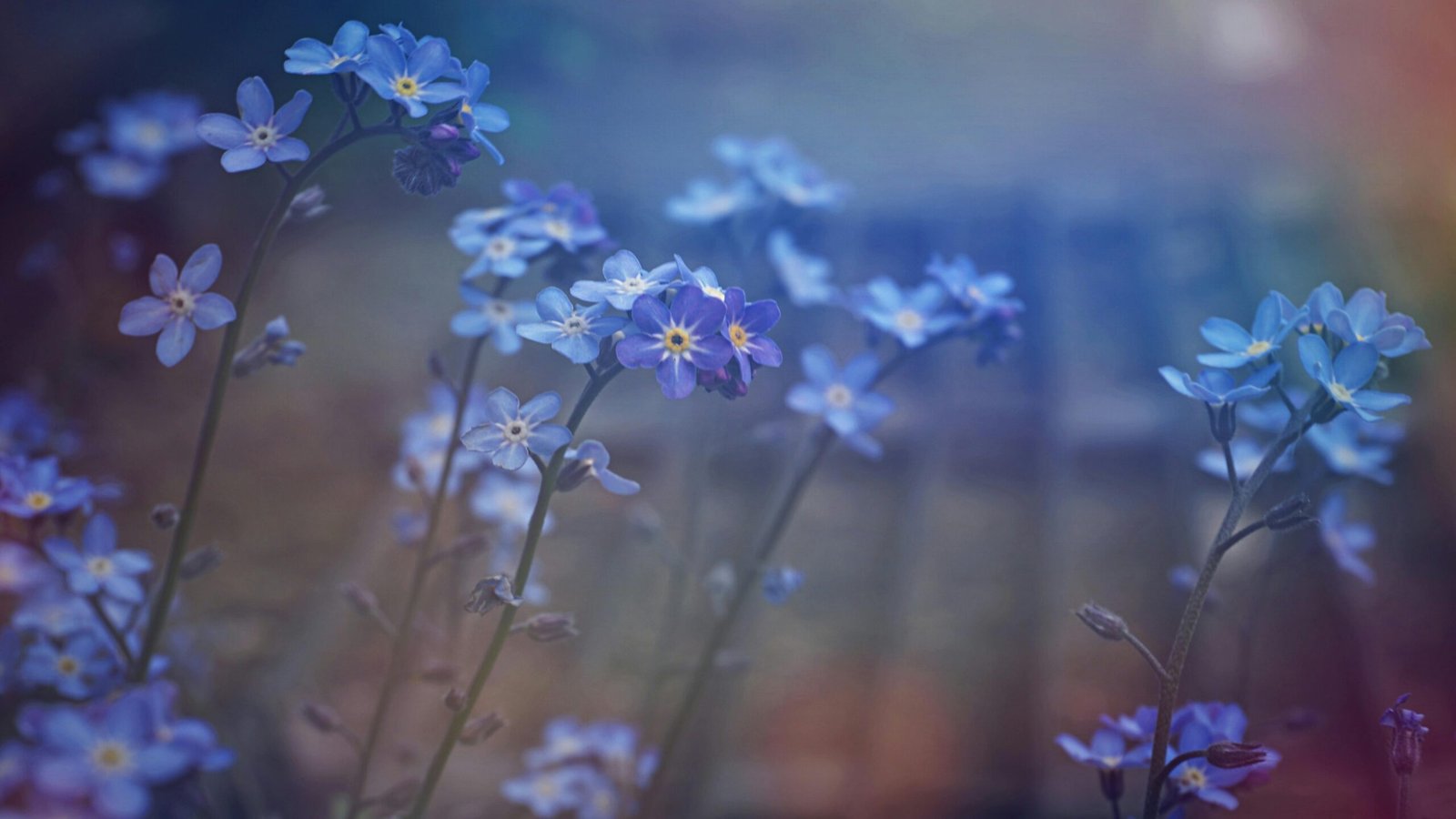Composting for Beginners: Turn Waste into Garden Gold
If you’ve ever wondered what to do with kitchen scraps, yard waste, or old leaves, composting is your answer. This simple, natural process transforms everyday waste into rich, nutrient-packed soil that fuels your garden. Whether you’re a new gardener or just lazy about trash day, mastering composting can reduce waste, save money, and give your plants the boost they need to thrive.
In this guide, we’ll break down composting into easy steps. You’ll learn what you can compost, how to build a bin, common mistakes to avoid, and why this practice is a game-changer for your garden.
Why Composting Matters
Composting isn’t just about cutting trash. It’s about feeding your soil and the ecosystem. When organic materials break down, they become “black gold”—a dark, crumbly material packed with beneficial microbes, nutrients, and improved texture.
Healthy compost helps soil retain moisture, supports root growth, and reduces the need for chemical fertilizers. According to Nutrients for Life, “composting turns garbage into garden gold by closing the loop on waste.” Even small bins can make a big difference. For example, a single pound of compost can save up to half a gallon of water daily in the garden.
Getting Started with Composting
What You’ll Need
You don’t need fancy equipment to begin composting. Here’s the basics:
- A Compost Bin or Pile
- A dedicated bin (plastic, wooden, or wire) keeps materials contained.
- If you’re in a small space, a compact tumbler bin works well.
- Browns and Greens
- Browns (carbon-rich materials): dried leaves, cardboard, straw, wood chips.
- Greens (nitrogen-rich materials): kitchen scraps, grass clippings, fruit waste.
- Air
Most composting methods require oxygen. Turn the pile regularly to aerate it. - Water
The mixture should be as damp as a sponge. Too dry? Add water. Too wet? Add more browns.
What to Compost
Not all waste breaks down safely. Here’s a quick list of what to include and what to avoid.
Materials That Work Well
- Greens: Vegetable scraps, coffee grounds, tea leaves, egg shells, fruit peels.
- Browns: Shredded paper, cardboard, dried leaves, straw, sawdust (in small amounts).
- Yard Waste: Grass clippings, small twigs (no invasive plants), flower petals.
What to Avoid
- Dairy or meat scraps: Attract pests and can smell bad.
- Diseased plants or weeds: These can spread problems to your garden.
- Treatments or chemicals: Never compost anything treated with pesticides.
The Beginner’s Guide by Baker’s Ace Hardware notes that “avoiding problematic items ensures safe, odorless composting.”
Step-by-Step Composting Process
Step 1: Choose a Location
Pick a flat, dry spot away from trees and water sources. A shaded area prevents the pile from drying out too quickly.
Step 2: Build Your Bin
If you’re using a bin, line it with browns like leaves or cardboard. If composting in a pile, create a base of coarse materials (wood chips) for drainage.
Step 3: Add Layers
Follow the “browns and greens” rule:
- Layer 1 (Browns): 2–3 inches of dried leaves or cardboard.
- Layer 2 (Greens): 1–2 inches of kitchen scraps.
- Repeat until you reach 3–4 feet tall.
Tip: For balanced composting, aim for a 80/20 mix of browns to greens.
Step 4: Turn the Pile
Use a pitchfork to aerate the pile every week. This speeds up decomposition and prevents foul odors. You’ll know it’s working when the center feels warm (around 130–150°F).
Step 5: Wait for Finished Compost
Most piles take 4–6 months to mature. Finished compost looks dark, smells earthy, and crumbles easily.
Tips for Successful Composting
- Keep a Balanced Mix
Too many greens cause sliminess; too many browns slow things down. - Moisten Regularly
If the pile feels dry, spray water. If squishy, add more browns. - Use a Compost Thermometer
Tracking temperature helps ensure proper breakdown. - Add Worms (Optional)
Red wiggler worms speed up composting and create nutrient-rich castings.
Common Mistakes to Avoid
- Skipping Aeration: Without air, compost becomes anaerobic and smells like rot.
- Overloading with Greens: This creates mucus that attracts flies.
- Leaving the Bin Open: Rain can drown the pile, and dry weather can halt decomposition.
- Not Turning the Pile: A static pile can take years to break down.
Benefits of Composting for Your Garden
- Rich, Free Fertilizer
Finished compost supplies nitrogen, phosphorus, and potassium—exactly what plants need. - Better Soil Structure
It improves drainage in clay soil and helps sandy soil retain nutrients. - Reduced Waste
A single household can divert 30% of its trash to a compost bin. - Pest Control
Healthy soil from compost naturally resists harmful insects.
How to Use Your Compost
Spread a 2-inch layer around plants as a side dress. Mix it into planting holes or top-dress garden beds annually. Avoid piling compost directly against plant stems to prevent rot.
For best results, pair composting with crop rotation. At GardenKT, we recommend using compost in combination with our guide to best compost for gardens for maximum yields.
Final Thoughts
Mastering composting doesn’t require expertise—just a little patience. Whether you use a bin, a tumbler, or a simple pile, you’re turning waste into a resource that nourishes your garden and the planet.
Start small. Try composting coffee grounds and leaves this fall. Watch your soil improve, your trash decrease, and your plants flourish.
For more in-depth information on the environmental impact of composting, visit the Nutrients for Life website.
